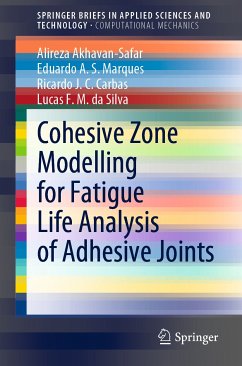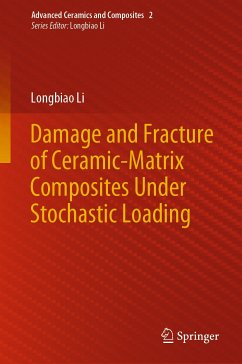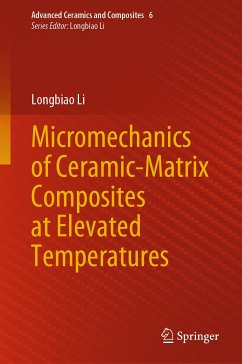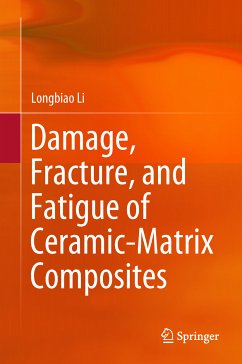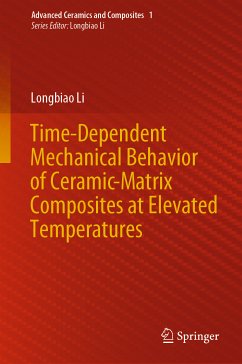
Design of Adhesive Joints Under Humid Conditions (eBook, PDF)
Versandkostenfrei!
Sofort per Download lieferbar
72,95 €
inkl. MwSt.
Weitere Ausgaben:

PAYBACK Punkte
36 °P sammeln!
This book describes most recent advances and limitations concerning design of adhesive joints under humid conditions and discusses future trends. It presents new approaches to predict the failure load after exposure to load, temperature and humidity over a long period of time. With the rapid increase in numerical computing power there have been attempts to formalize the different environmental contributions in order to provide a procedure to predict assembly durability, based on an initial identification of diffusion coefficients and mechanical parameters for both the adhesive and the interfac...
This book describes most recent advances and limitations concerning design of adhesive joints under humid conditions and discusses future trends. It presents new approaches to predict the failure load after exposure to load, temperature and humidity over a long period of time. With the rapid increase in numerical computing power there have been attempts to formalize the different environmental contributions in order to provide a procedure to predict assembly durability, based on an initial identification of diffusion coefficients and mechanical parameters for both the adhesive and the interface. A coupled numerical model for the joint of interest is then constructed and this allows local water content to be defined and resulting changes in adhesive and interface properties to be predicted.
Dieser Download kann aus rechtlichen Gründen nur mit Rechnungsadresse in A, B, BG, CY, CZ, D, DK, EW, E, FIN, F, GR, HR, H, IRL, I, LT, L, LR, M, NL, PL, P, R, S, SLO, SK ausgeliefert werden.





